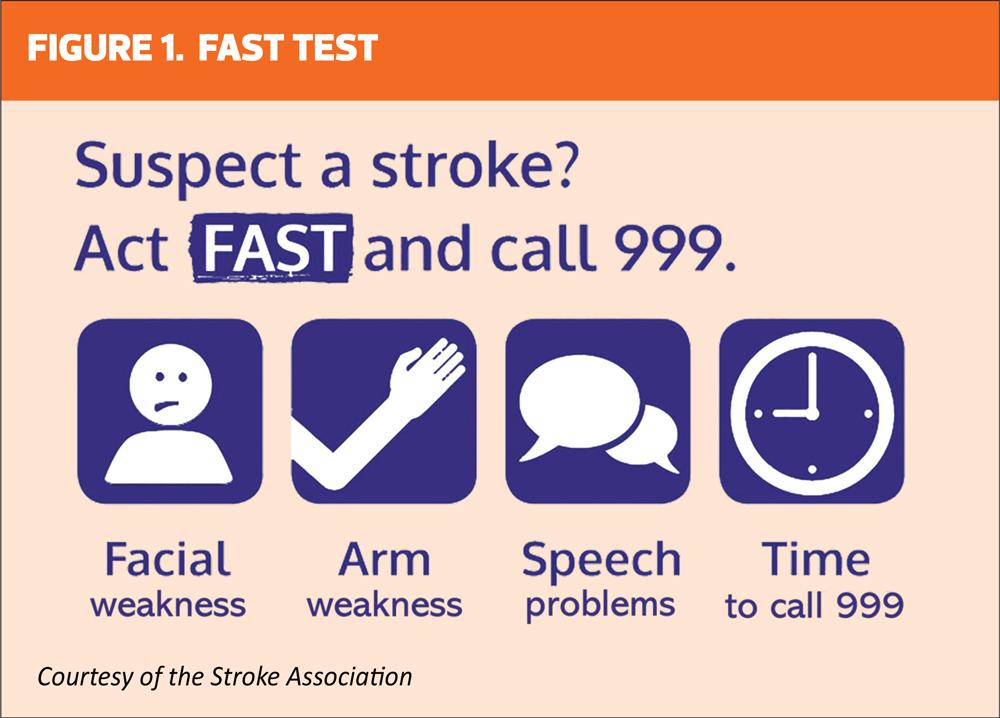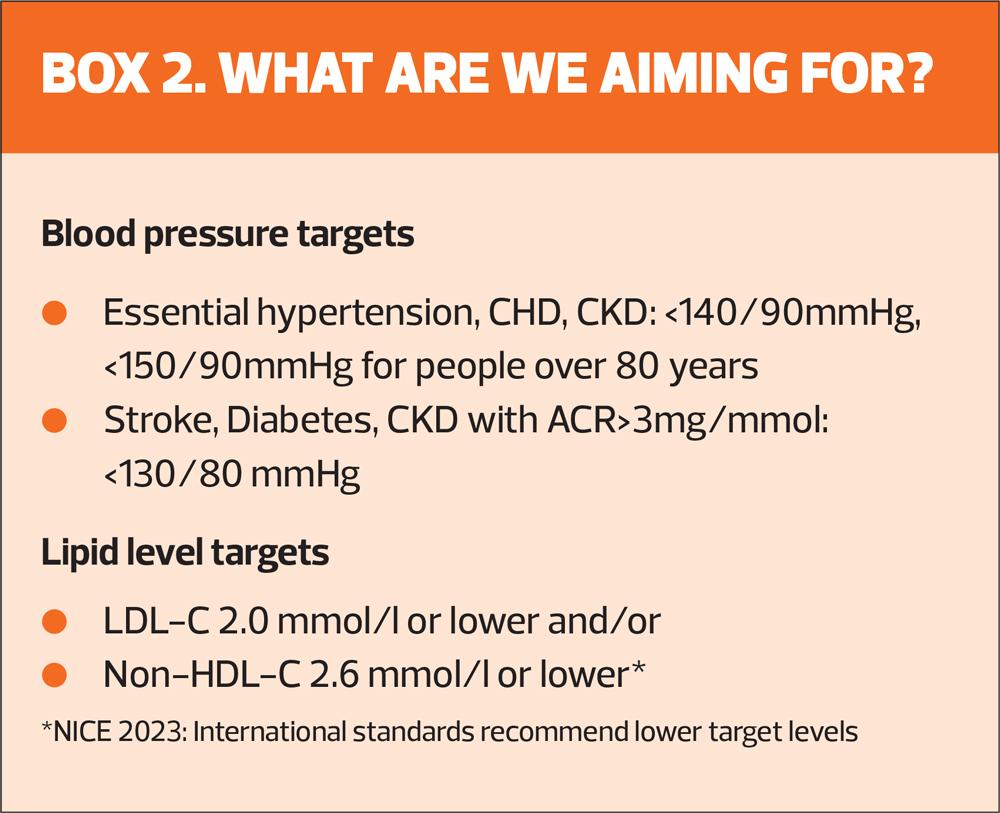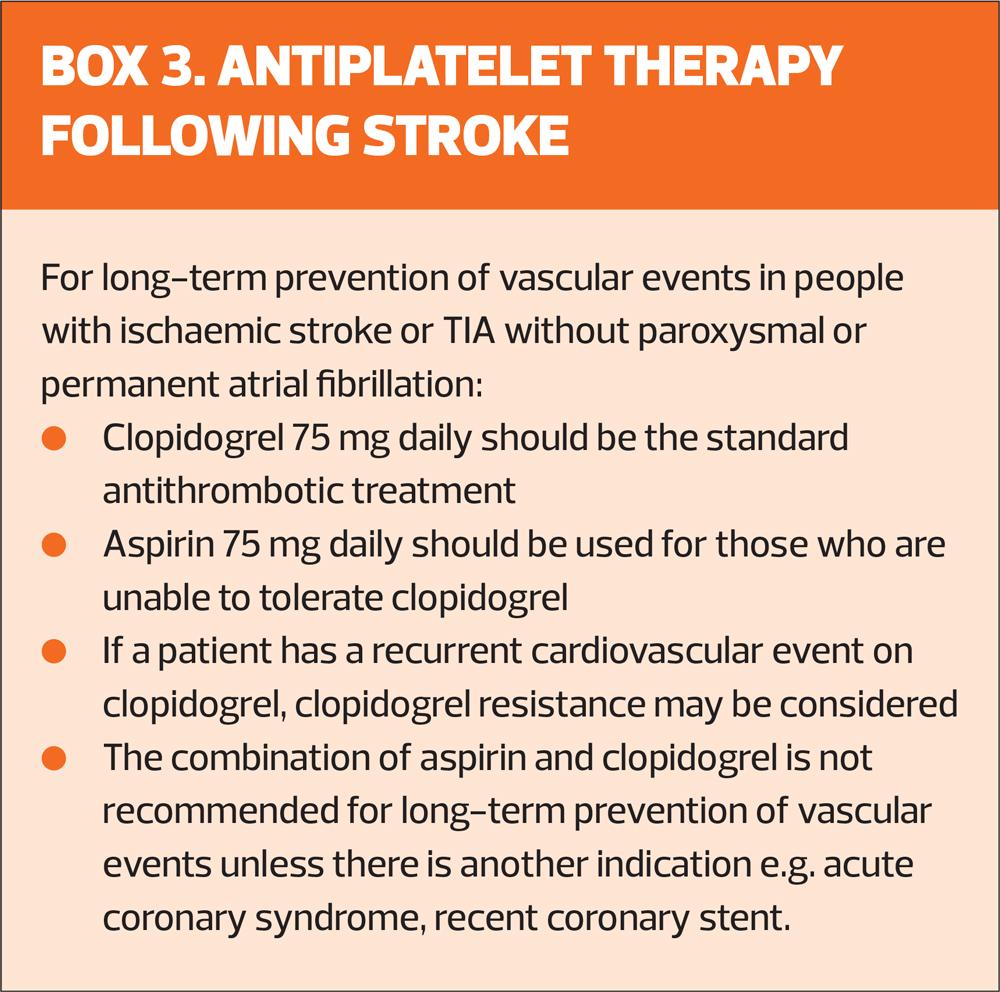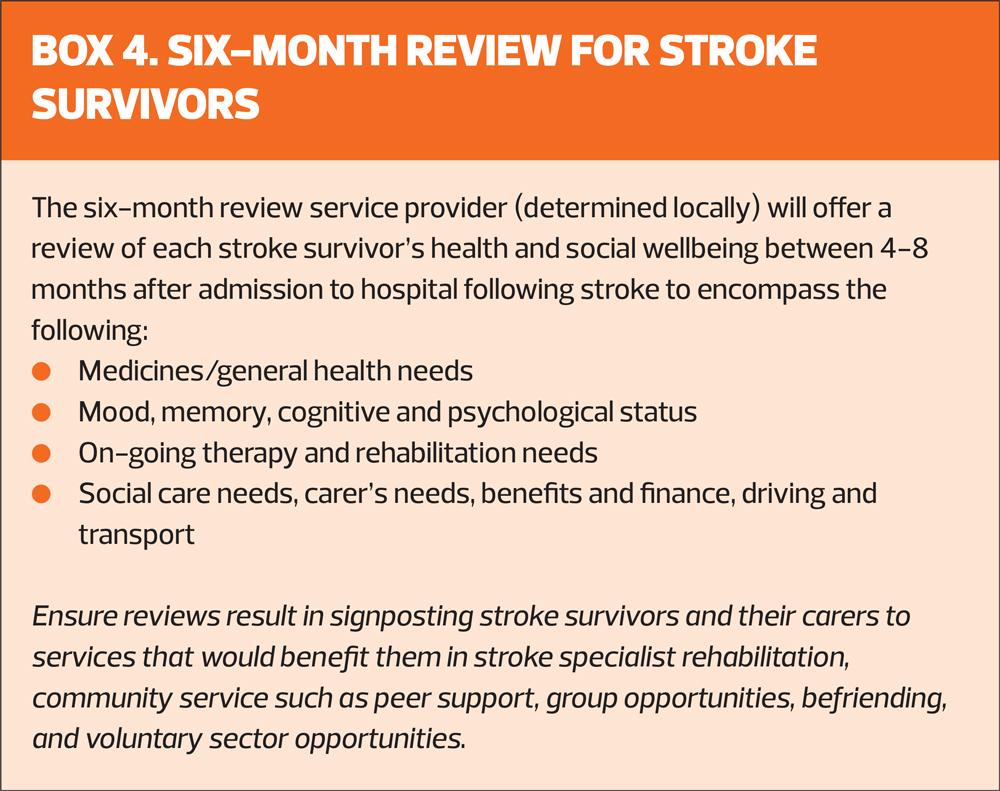
Practice Nurse bite-sized learning: Understanding Stroke
Joanne Haws
Joanne Haws
RN MSc
Clinical Director, Learn With Nurses
Michaela Nuttall
RGN MSc
Founder & Director, Learn With Nurses
Practice Nurse 2024;54(6):8-9
WHAT’S THE PROBLEM?
Every five minutes in the UK someone suffers a stroke: 100,000 people have a stroke each year.1 It is the fourth single leading cause of death in the UK, and the single biggest cause of severe disability, associated with a broader range of disabilities than any other condition.2
Stroke occurs when blood supply to part of the brain is cut off, starving the brain of oxygen, with devastating consequences. Ischaemic strokes account for around 85% of strokes and are caused by a blockage, usually a blood clot, and the remainder are mostly haemorrhagic strokes that are caused by a blood vessel bursting in the brain.2
DETECTION & DIAGNOSIS
A stroke is a medical emergency, and it is vital that anyone with a suspected stroke receives medical attention as quickly as possible.2 Public awareness of the FAST test (Figure 1) can help people identify the signs of a stroke and dial 999 as soon as possible. The FAST test helps spot the most common signs and symptoms of a stroke but there may be other signs that should also be assessed as a matter of urgency (Box 1).
All people with acute onset neurological symptoms that may be due to stroke, even if fully resolved, need urgent specialist assessment to establish the diagnosis and determine whether the cause is vascular.5
MANAGEMENT
Following the immediate management of acute stroke, which will include imaging, treatment, intensive monitoring and therapy, secondary prevention interventions and rehabilitation will be initiated. Rehabilitation will be personalised, and recovery can continue for months and even years following a stroke. Coping with what has happened can be overwhelming and support needs may be significant.
Strategies for secondary prevention of stroke will include the management of blood pressure, lipid modification (Box 2), antiplatelet therapy (Box 3) and lifestyle modification. Patients with AF will require anticoagulation, and all will require lifelong follow up. The National Stroke Strategy requires an initial comprehensive review at 6 months,6 (Box 4) and thereafter a minimum of annual review should take place in primary care.
MANAGING RISK
Like other forms of cardiovascular disease, stroke is largely preventable and there are common factors associated with age, gender, genetic or hereditary factors and lifestyle that increase an individual’s risk of stroke. Those with established cardiovascular disease such as previous myocardial infarction, or other conditions such as diabetes or obstructive sleep apnoea also have an increased risk of stroke.3 Atrial Fibrillation (AF) is a major cause of stroke and is responsible for at least 20% of ischaemic strokes. The assessment and management of individual risk, through the NHS Health Checks programme, anticoagulation in AF and risk modification in long term conditions is essential to improve patient outcomes.4
LONG TERM CARE
People who have had a previous stroke should be included in annual recall for review in primary care following a systematic approach including:
- Review of symptoms
- Assessment of pulse rate and rhythm, blood pressure, weight and BMI
- Review of renal function (including urinary albumin creatinine ratio), lipid levels & HbA1c
- Review of medication including dosage and adherence
- Review of functional status and ongoing rehabilitation needs
- Review of lifestyle factors and self-management strategies weight management, diet and nutrition, salt intake and physical activity
- Immunisations
- Review of overall health and wellbeing, including mental health
REFERENCES
1. Stroke Association. Stroke Statistics https://www.stroke.org.uk/stroke/statistics
2. Brain Research UK. Neurological conditions: Stroke https://www.brainresearchuk.org.uk/neurological-conditions/stroke#:~:text=Stroke%20is%20the%20fourth%20single,life%20lost%20every%2015%20minutes.
3. NICE. Clinical Knowledge Summary: Stroke and TIA. Revised December 2023 https://cks.nice.org.uk/topics/stroke-tia/background-information/risk-factors/
4. NHS England. The NHS Long Term Plan. January 2019 https://www.longtermplan.nhs.uk/wp-content/uploads/2019/08/nhs-long-term-plan-version-1.2.pdf
5. National Clinical Guideline for Stroke for the United Kingdom and Ireland. 2023 www.strokeguideline.org
6. NHS England. Six-month reviews for stroke survivors. 2019 https://www.england.nhs.uk/wp-content/uploads/2019/04/cquin-1920-6-month-reviews-for-stroke-survivors-guidance.pdf
Related articles
View all Articles




